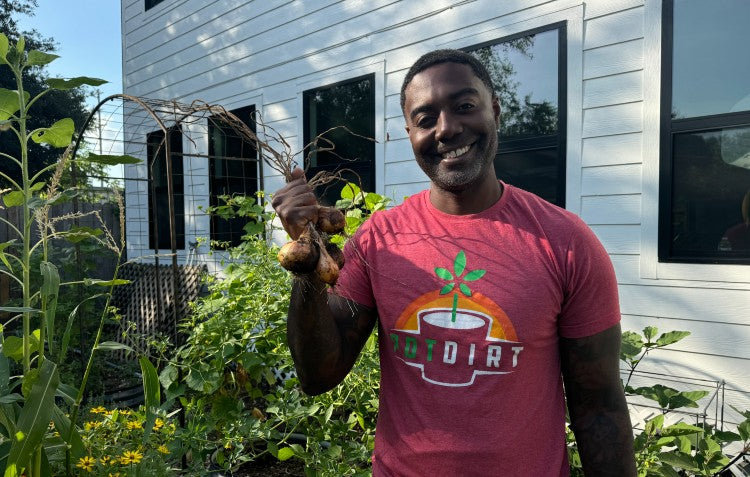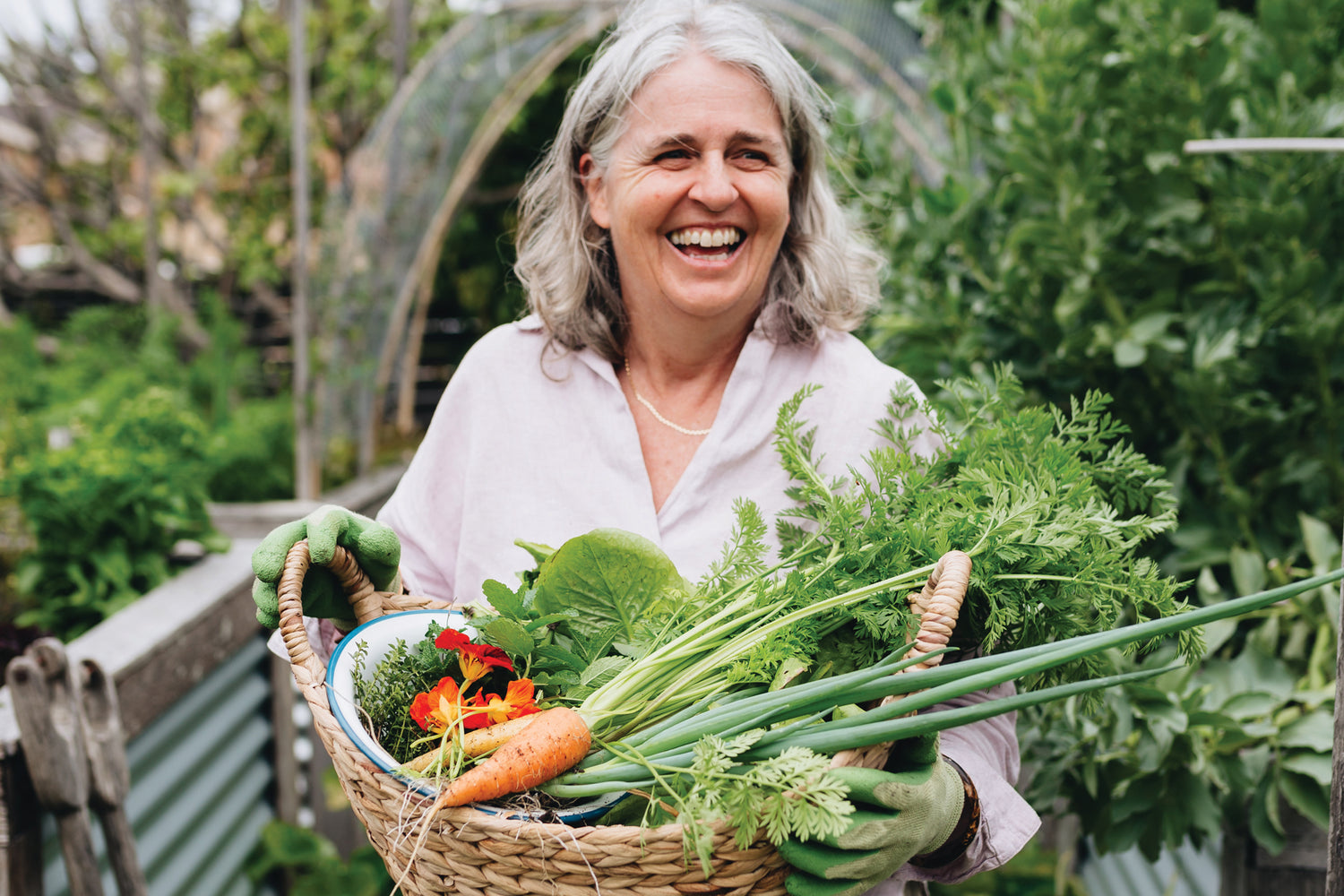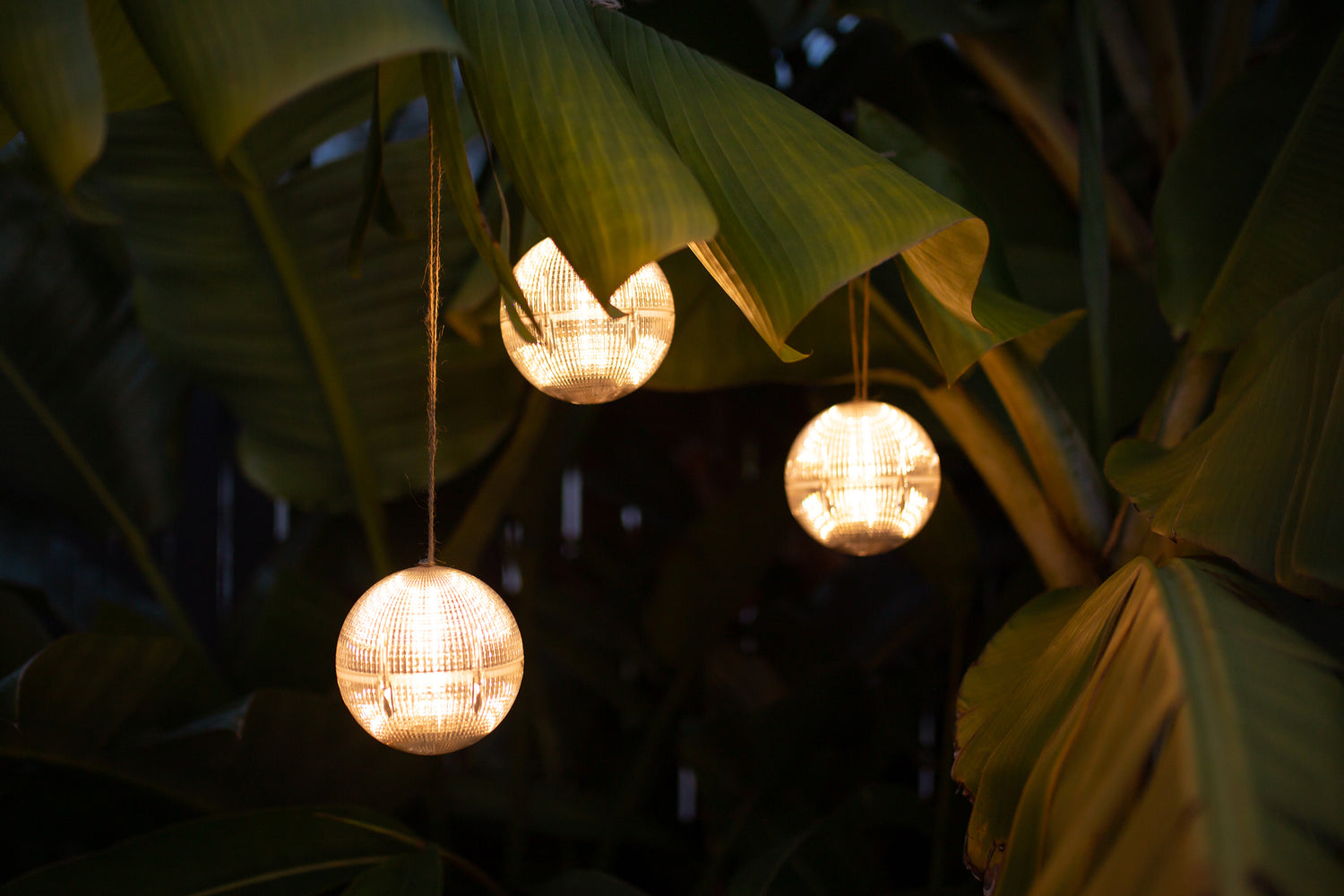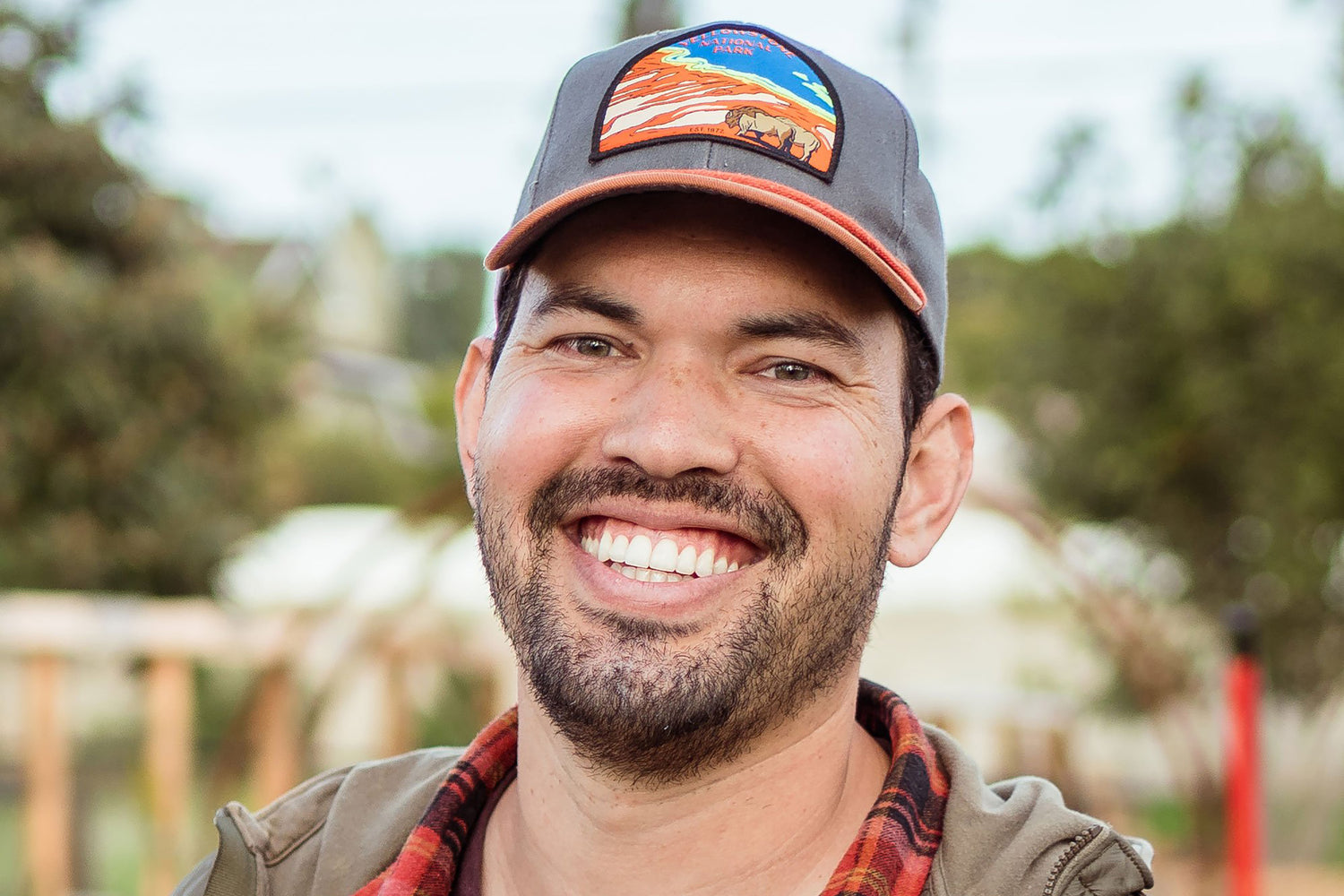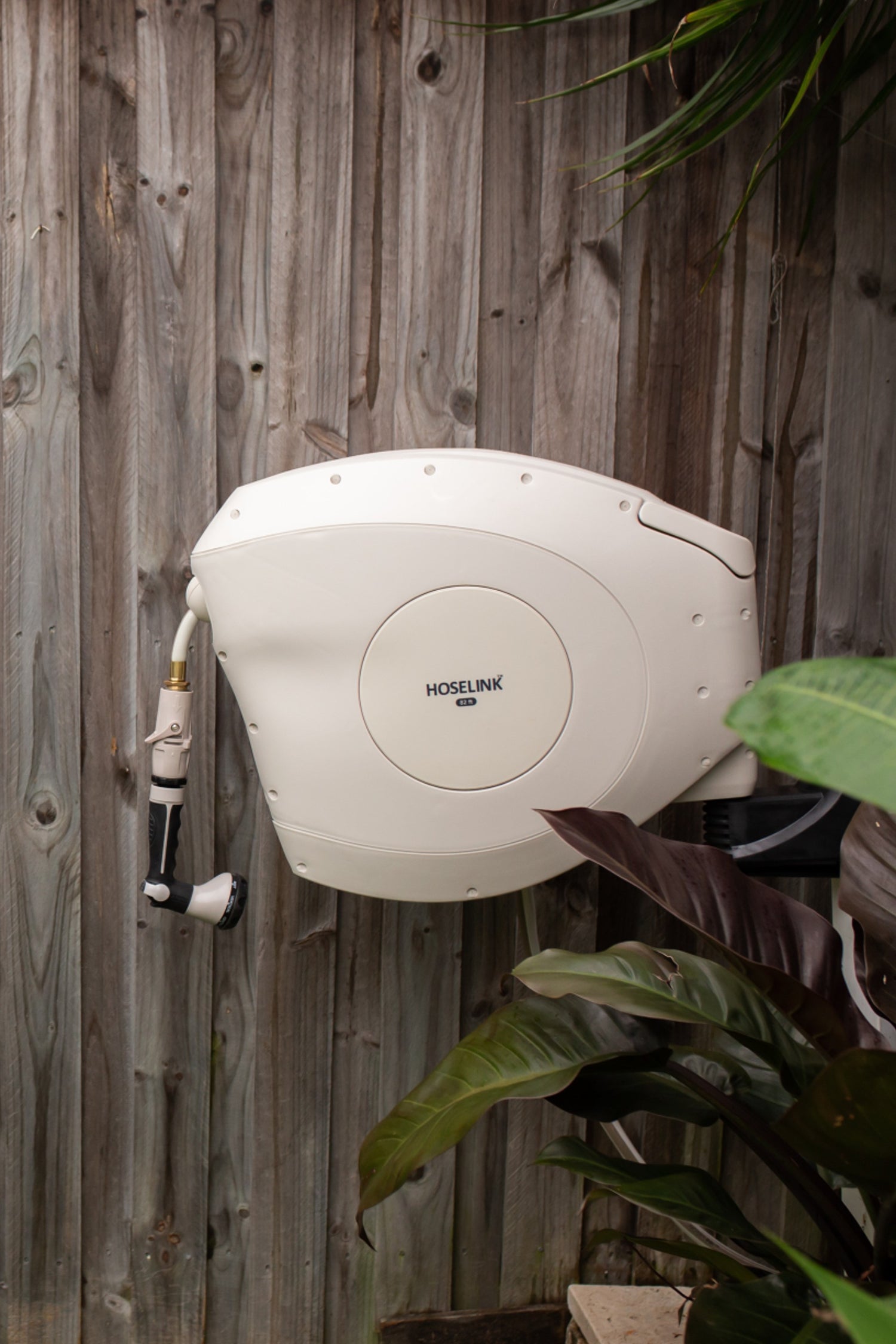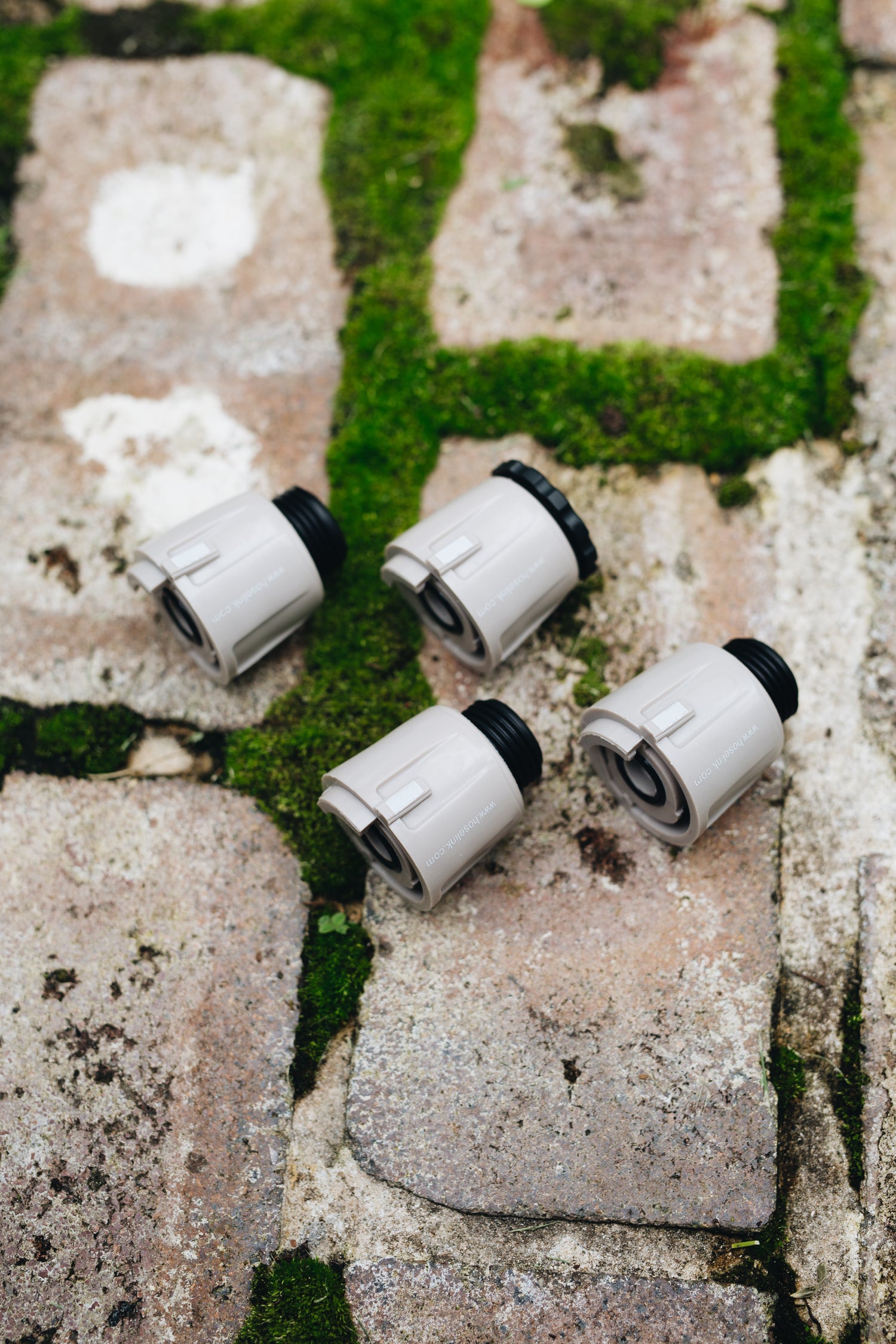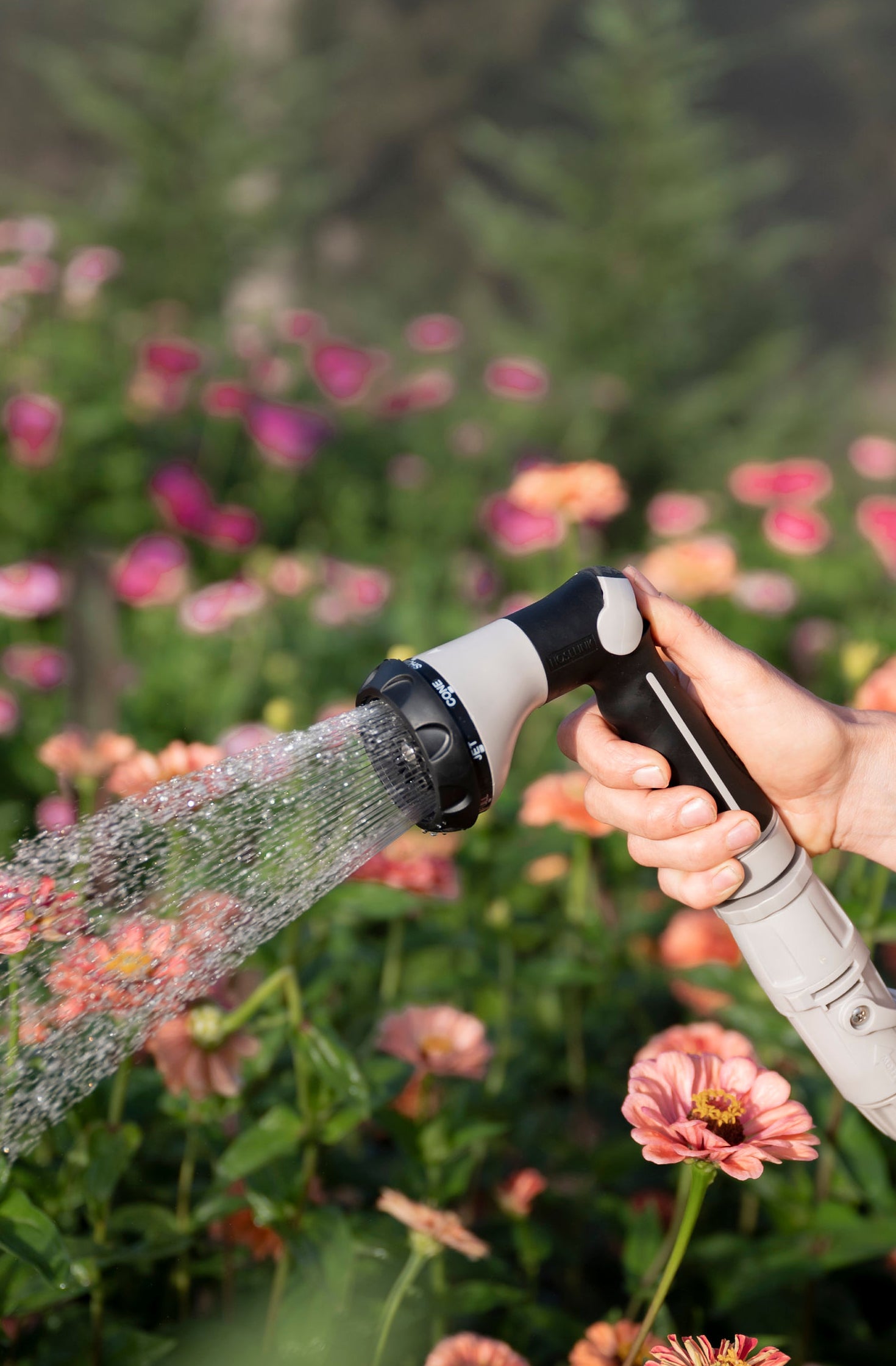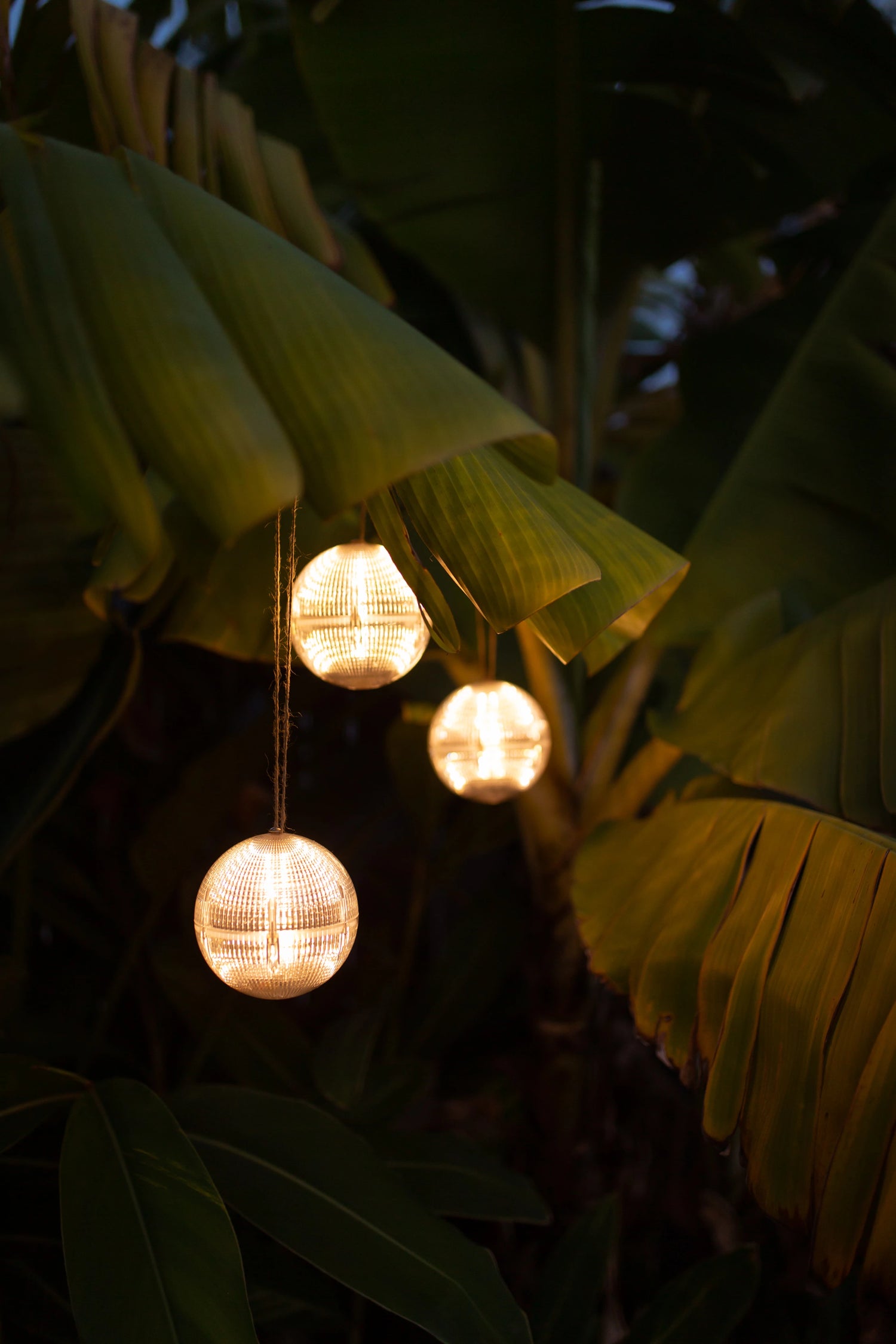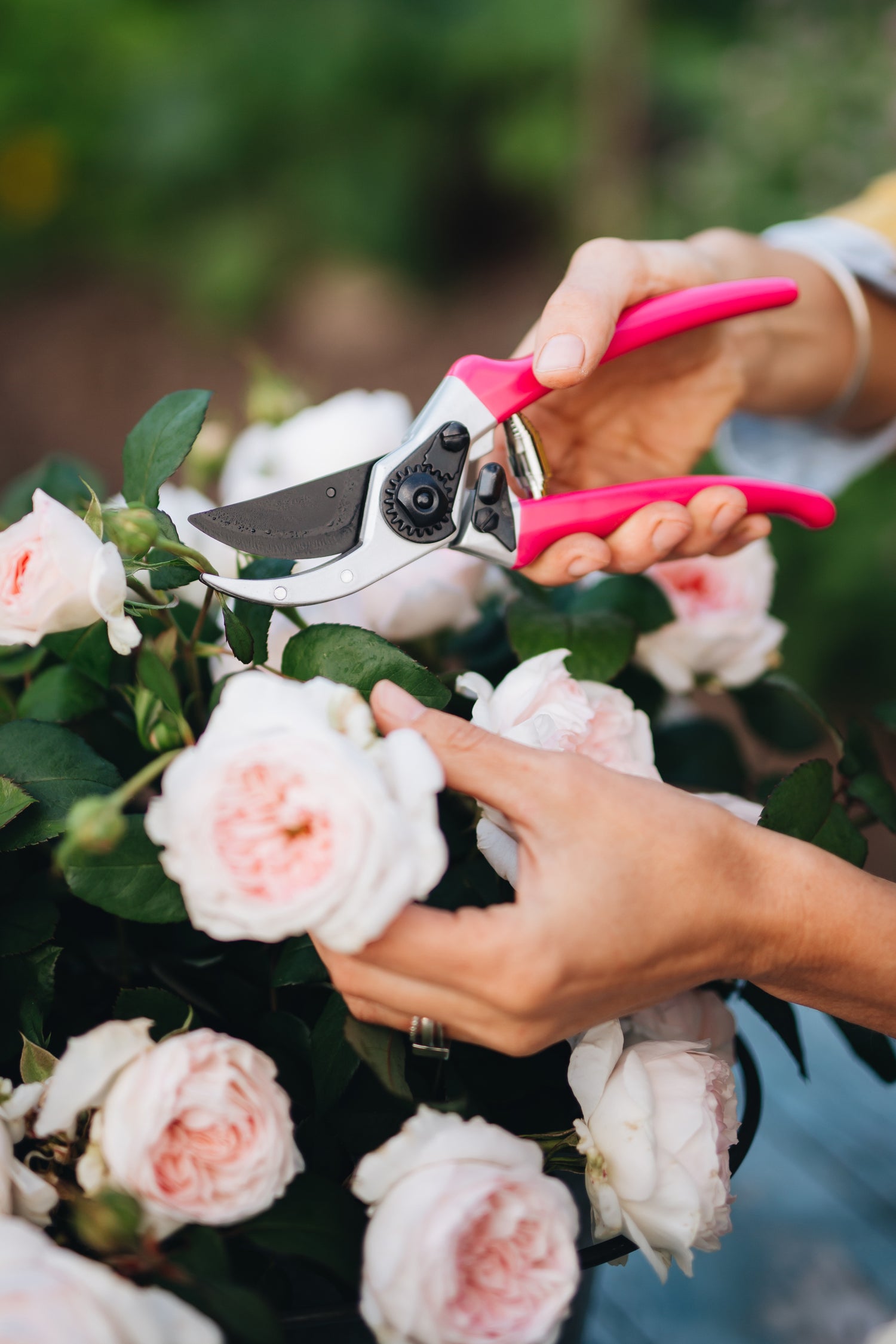It's finally here—summertime. But I'm not sure whether that's a good thing or a bad thing. We have already experienced days when the temperature, adjusted with the heat index, felt like over 108°F. While the garden is producing, it is becoming harder to spend as much time out there as I did in previous seasons. I told you that the word of the year was abundance, and so far, this year’s garden has not disappointed.
What am I planting this month?
When June rolls around, that means hurricane season begins. Even though we have not had any hurricanes at this point, we received an above-average amount of rain in the month of May.
In zone 9, Houston, Texas, June is when the 6-month stretch of "Why do I live here?" begins. We have an average temperature ranging between 95°F and 80°F. Now, while 95°F may not seem excessively hot when you factor in the heat index, it starts to feel like 105°F. With these high temperatures, the number of crops we can grow significantly decreases. We are officially in full-on summer gardening mode, and that means this month I am planting the following crops:
- Okra: Okra is one of the crops that I grow just because there are few options for summer crops here in Zone 9. My favorite thing about growing okra is that with its height and broad leaves, I can plant fall crops like leafy greens underneath it late in the summer to get a head start on my fall garden. This year, I’m growing the Clemson Spineless variety. Make sure you are harvesting your okra every other day because the pods become inedible the larger they become.
- Eggplant: I thought this year I would only grow one variety of eggplant, Ichibon. But I have decided to plant another variety called Garden Egg. This is an orange-skinned variety that originated in Africa. Like with other eggplants, try picking the fruit while it is still small for the best flavor.
- Muskmelon: Also known as cantaloupe, is a variety of melons that takes up a lot of space in the garden. These orange-fleshed fruits are a great addition to any summer garden. As it ripens, you can smell the fruit in the garden before you can see the melons. Make sure you have a sturdy trellis or a lot of space because this vining melon will take over anywhere it is planted. I am interplanting my muskmelon with tomatoes in the front garden and lemon verbena and other herbs in the back garden.
- Pigeon Peas: These are my favorite types of peas. I am of Jamaican descent, and these are the types of peas we use to make a dish called rice and peas. Pigeon pea plants are either bush or vining varieties. I prefer to grow vining varieties because they tend to produce for a more extended period. This year, I am growing a variety called Cajun Wonder.
- Yard-Long Beans: This is one of the most fun crops to grow. Yard-long beans are a staple in many Asian cultures. This vining pea requires some sort of trellis, and to be honest, the taller, the better. Every year, my yard-long bean plants easily reach 8 feet tall. The best thing about growing these peas is watching the 18-inch pods form and fill them out. So, if you’re looking for a fun new variety to grow, go ahead and give these a try. This year, I am growing the Purple Mart Tsu variety, which goes from seed to harvest in around 75 days.
Living in zone nine allows me to grow tomatoes in the fall. To ensure the success of these tomatoes, they need to be planted in the garden in September. Therefore, I am starting my tomato seeds at the end of this month. This action will guarantee that I have transplants of adequate size and age, enabling them to start producing as soon as possible.

What am I harvesting this month?
If you’ve read the past blog post, then you know that I am on a mission to produce 600 pounds of produce in my small urban garden. In May, I harvested over 55 pounds of food. This included summer squash, tomatillos, tomatoes, cucumbers, and more. During this time, I found a new favorite variety of cucumber called Telegraph Improved from Botanical Interest.
I am also harvesting figs. In the spring of 2023, I planted 4 fig trees in 25-gallon containers in my backyard garden. I planted Kadota, Yellow Lebanese, White Marseilles, and Smith varieties, and I have harvested a couple of pounds of figs already. I still believe that the easiest fruit tree you can grow in your garden is a fig tree. Depending on the variety, they are cold and heat-tolerant and can start producing after the first year. They have few natural predators and, once established, can survive and thrive without an excessive amount of water. If you're looking for a low-maintenance fruit tree to add to your garden, then figs are the way to go.
What worked well?
This may be the year of the cucumbers. I planted three different varieties of cucumbers in several locations in my yard, and each one of them is produced abundantly. One vine has already taken over a 7-foot-tall A-frame, and it has been growing for only two months. This year, I focused on pruning some of the lateral vines from the main cucumber vine. I did this to help increase the airflow around the vines and enhance production, which works well.
Another thing that has worked well is pruning my garden sparingly. This season, I have been letting my plants grow as vigorously as possible while doing a minimal amount of pruning. I have tomatoes leaning over with muskmelons growing underneath. I have okra, shading basil, and other herbs. I usually keep my garden well-pruned and extremely neat and tidy, but this season, I wanted to see what would happen if I let it grow freely.
Something else that worked well is something I did last summer, reaping the benefits now. I allowed all my flowers to go to seed, dropping the seeds in the soil. Now, I have a garden full of flowers that I didn’t even plant this year. The abundance of flowers has been a godsend for my beehives. This year looks like the most productive one yet for honey harvest.
What didn’t work well?
I think I jinxed myself. Last month, I talked about how I had yet to experience any squash vine borer issues. Ha! Well, that didn’t last long. As soon as I sent the blog article, every one of my squash plants was decimated. At least I filled a few harvest baskets full of squash before my arch-nemesis came and did what they always do: kill all my squash plants.

What else am I doing around the garden?
Since tearing my Achilles back in January, I haven’t returned to my community garden plot. That will change this month. I planned on going at least three times a week but have been unable to.
At the time of writing this, I have harvested around 70 pounds of produce from my urban garden. With every harvest basket, I am getting closer to the 600-pound goal.

